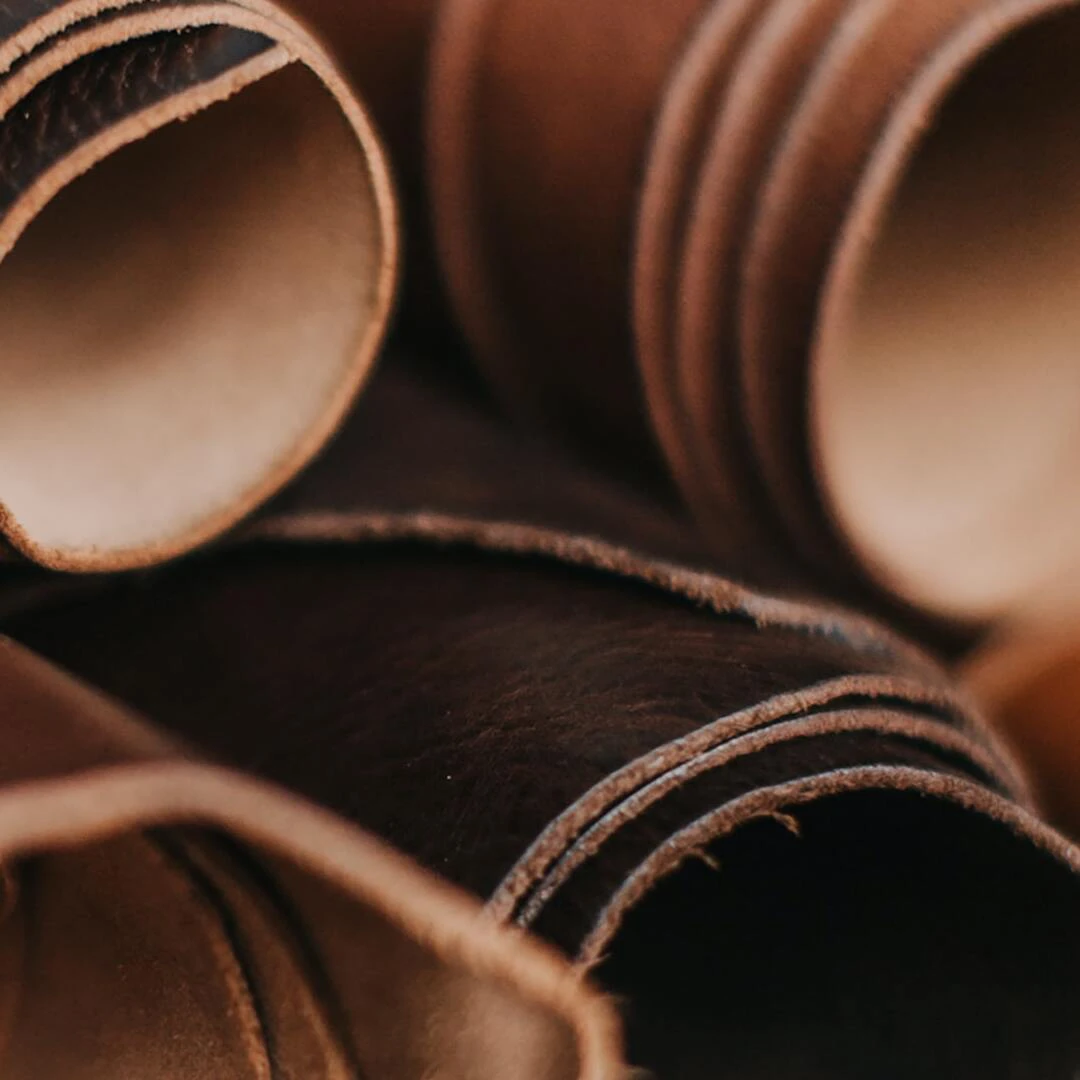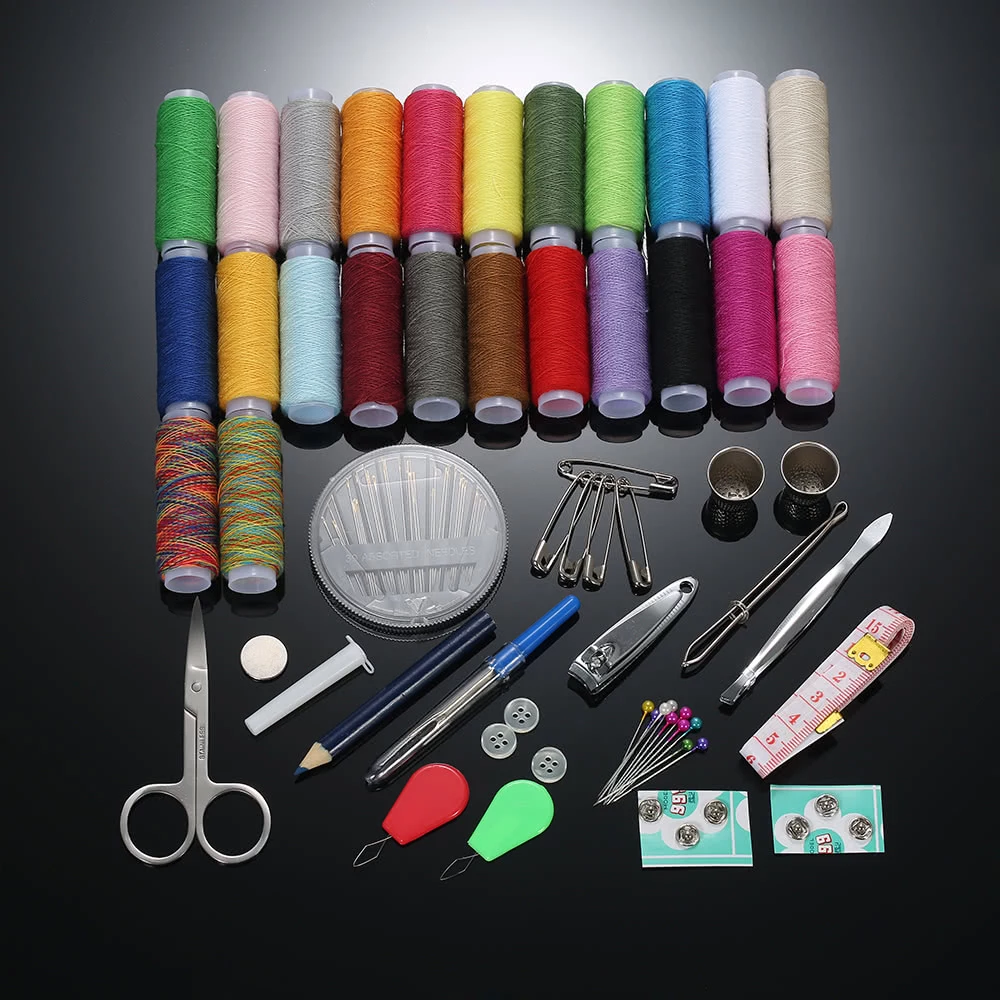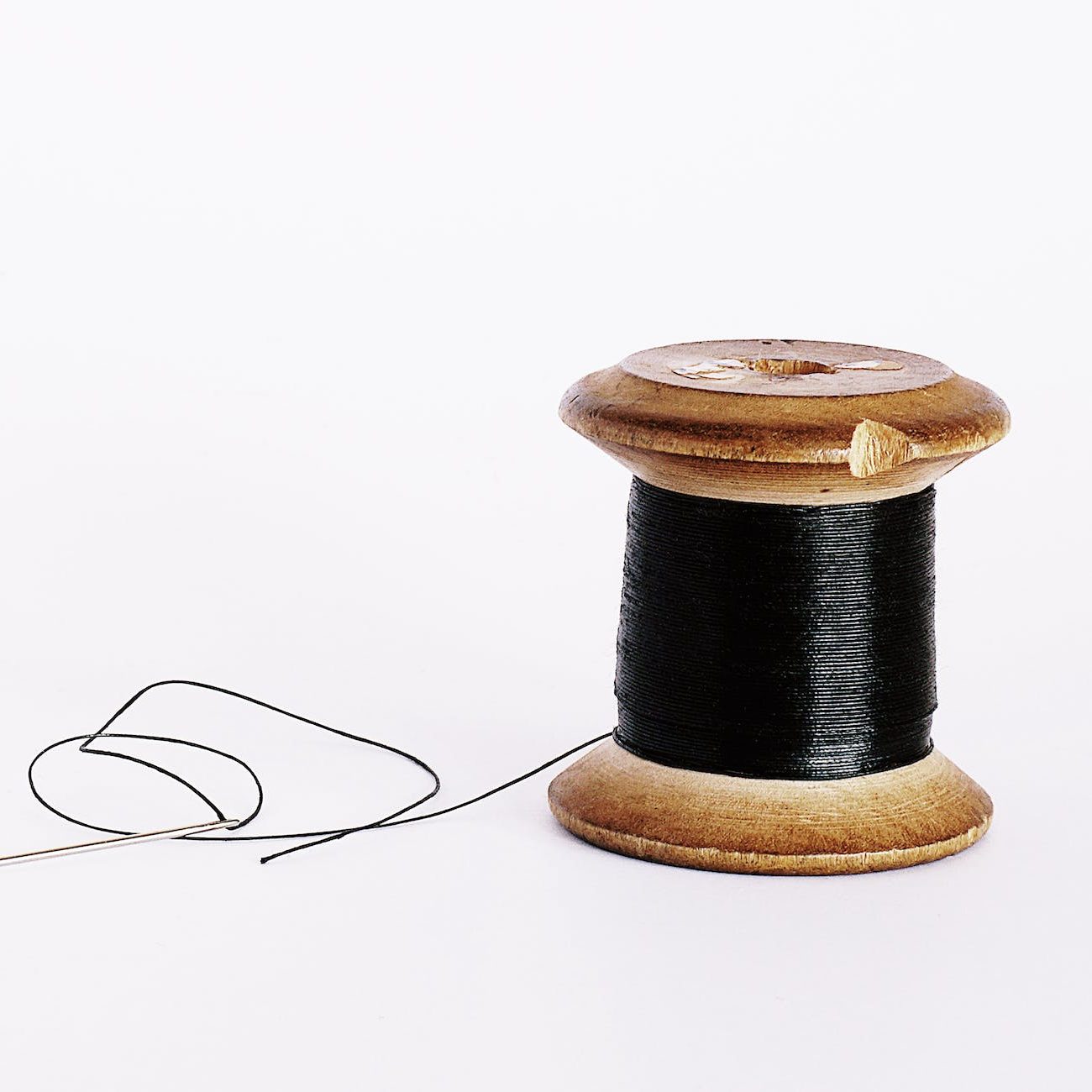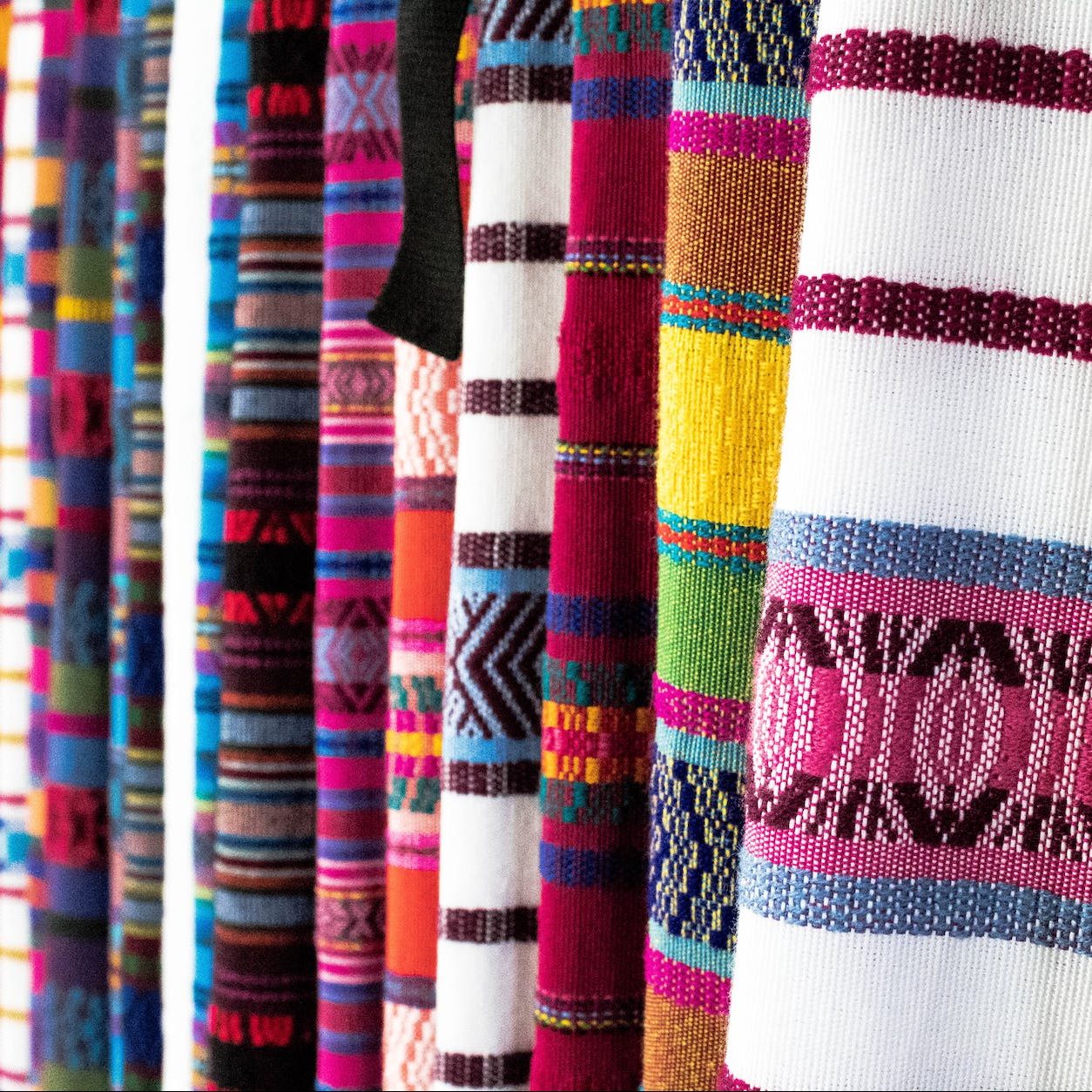Faux leather, a synthetic substitutes for natural materials began to appear a long time ago, almost 100 years ago. At that time, they were indeed inferior in quality to traditional materials made from natural raw materials. But time does not stand still, technology is developing rapidly. Nowadays the mineral raw materials are used to produce materials that are not only as good as but even better than their natural counterparts. One of such materials is faux leather. But a considerable part of consumers are still of the opinion that this material is inferior to well-made natural leather in its performances. Although many celebrities order and happily wear faux leather, the overall popularity of this beautiful material is much lower than it deserves to be.
The average consumer thinks the only advantage of faux leather is that there is no need to kill animals to make it, but in reality it is just as good as or better than its natural counterpart in almost every aspect of its technical properties. In this article we are going to dispel several myths about faux leather, the most common ones in public consciousness.
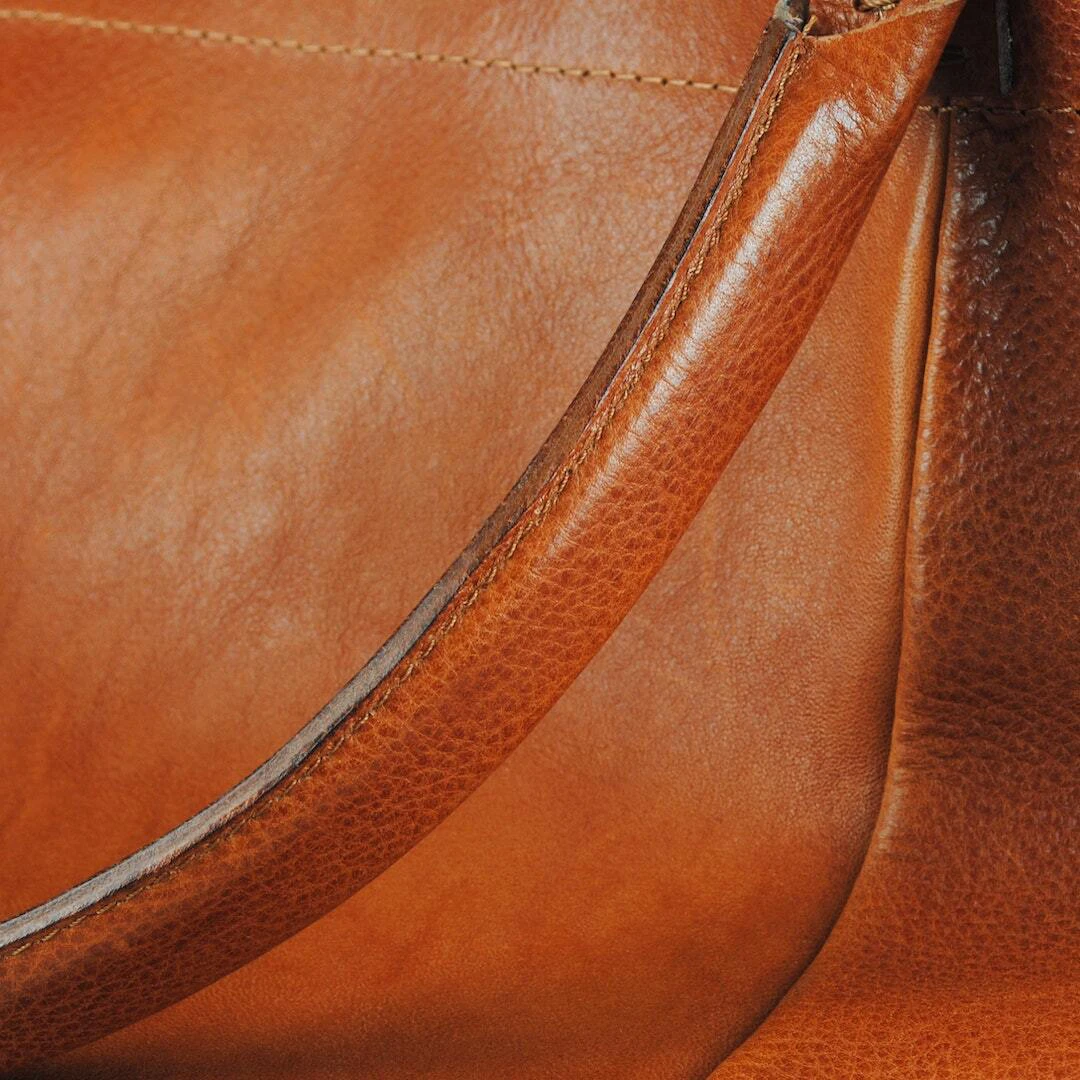
1. Low wearing resistance, and as a consequence, durability.
The faux leather is based on a polyurethane film that can withstand an infinite number of compression/extension load cycles without losing its properties. The durability of this material is on a par with the finest natural leather. Thus, the notion that faux leather products wear out quickly is not true. It should also be noted that the material retains its properties at temperatures ranging from -35 to +40 degrees Celsius. So on this parameter faux leather is also not inferior to the best examples of natural leather.
2. Short product lifespan.
It’s a common belief that natural leather products last much longer than faux leather. This is not true. With proper care and the same conditions of use, faux leather products last even longer than their natural counterparts. Note that the longevity of natural leather products is highly dependent on many parameters: the type of animal, whose skin served as a raw material, the thickness of the skin, the quality of its dressing. Service life of faux leather is mainly determined by the thickness of its polyurethane base. If the manufacturer has used a sufficiently thick polyurethane film, faux leather is even more durable than natural leather of similar thickness.
Note, by the way, that manufacturers recommend not using natural leather products more than once every two days, while their faux leather counterparts can be used daily.
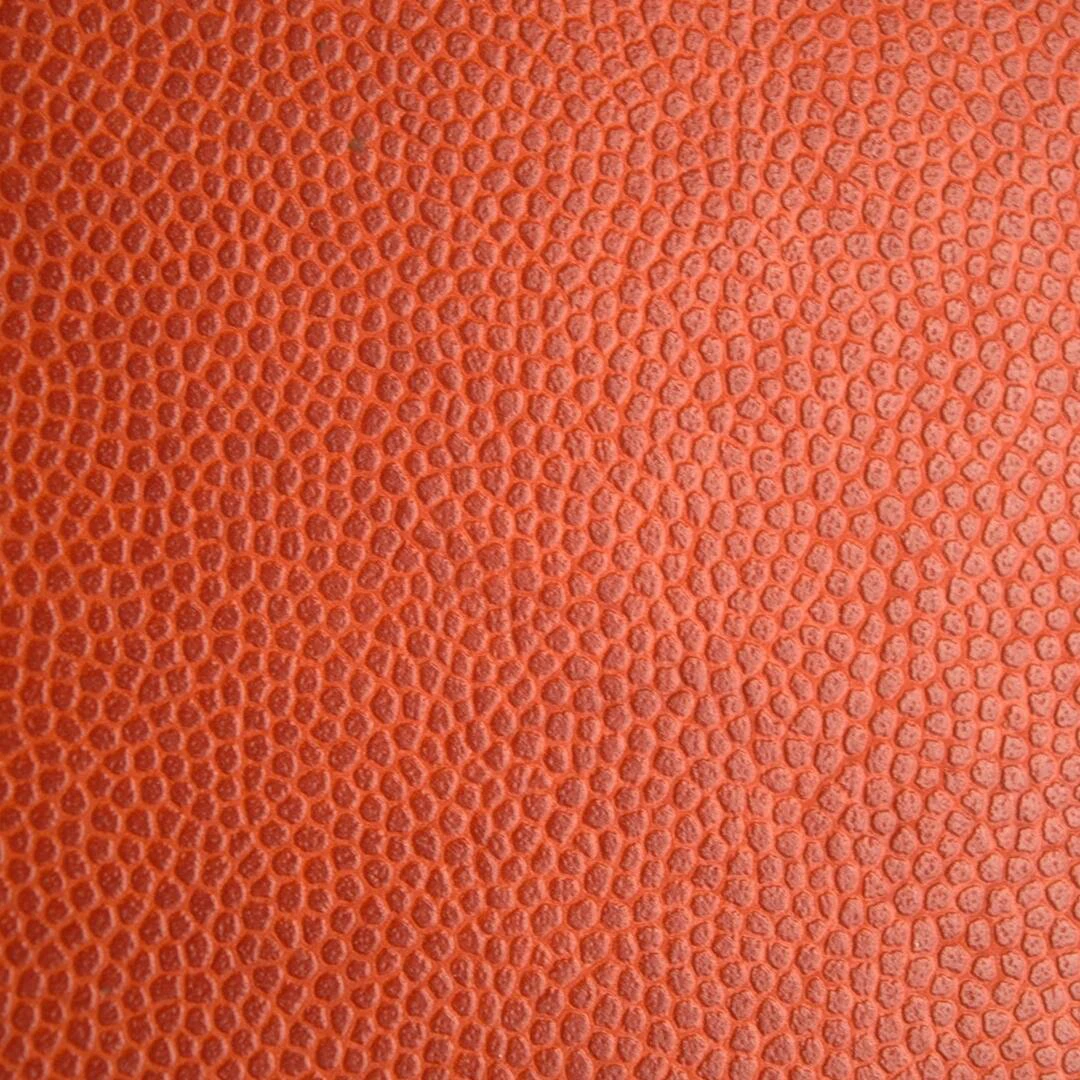
3. Imitation leather does not breathe.
Faux leather is made following a highly sophisticated manufacturing process, and its components include a microporous film that allows the material to let air through, i.e. “breathe”.
Such leather allows the water vapour to pass freely to the outside, while the outer side, on the contrary, prevents the penetration of moisture inside. In this way, products made of imitation leather are breathable. Rumours of intense sweating under the skin are untrue. They are based on the fact that some unscrupulous manufacturers are trying to pass off outdated and low quality leatherette as modern faux leather. Beware of fakes!
4. Excessive softness or roughness
Softness of faux leather is determined by the thickness of the polyurethane base. The thicker it is, the stronger, more durable and hard the material is. So for handbags and waist belts, for example, thicker backing is used, while wardrobe items do not have such a thicker backing so they are not very rough.
One of the most important advantages of faux leather is that it feels good when in contact with human skin. It is very difficult to distinguish modern imitation leather from natural, well-made leather, and as technology improves, it becomes increasingly difficult!
Hope you find this post informative and useful.

